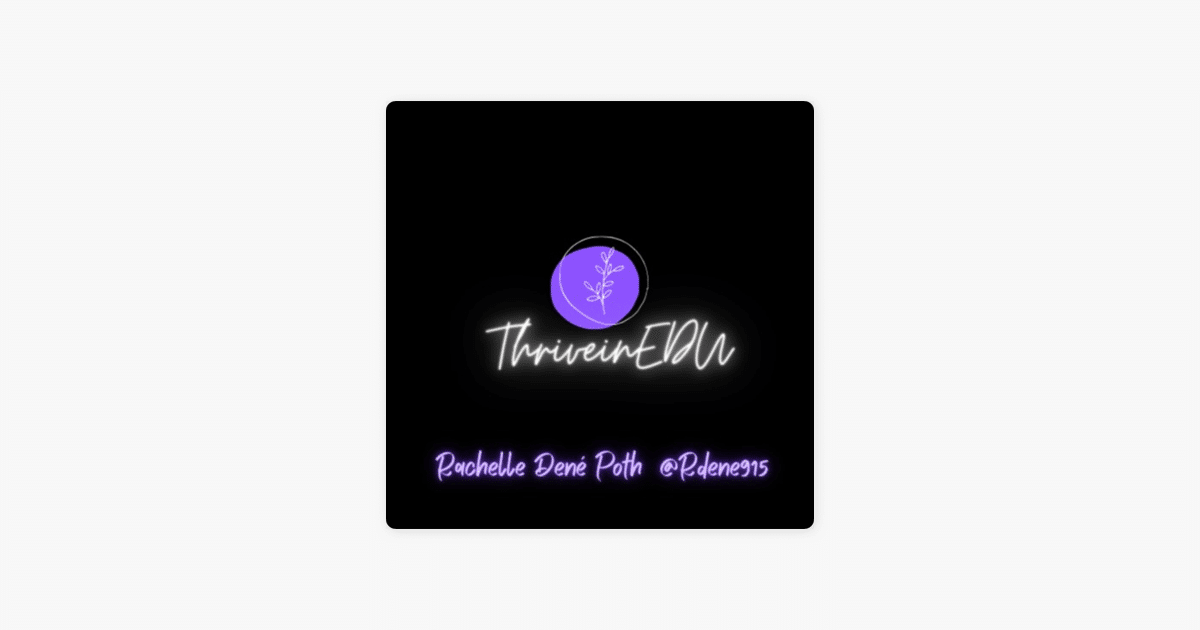Technology-enabled education has been on an upward trend for well over a decade. The global COVID-19 pandemic only accelerated the adoption by school districts across the entire K-12 spectrum.
Technology, both the internet and the mobile devices it enables, offers almost unlimited opportunity. However, it is also rife with challenges to both educators and students alike. One particularly important challenge is digital equity.
What is Digital Equity?
Defined by the National Education Association, digital equity ensures all school-aged children have the basic resources — broadband internet and computer access — to meaningfully participate in remote learning from home. The difficulty, of course, is realizing a digital equity.
School districts invest heavily in devices and digital learning plans. But too many of them have no insight into how devices are used and how well they are performing. A heavy reliance on occasional surveys and inaccurate ISP maps does not help in ensuring students can access homework assignments and school projects outside of the classroom.
Fortunately, there are automated tools like Lightspeed Systems Digital Equity Module, part of its Digital Insight™ solution, that identify students with poor or no internet access at scale, eliminating the time-consuming manual processes of troubleshooting, maximizing the impact of digital learning, and empowering all students to succeed.
The THRIVEinEDU Podcast
Recently, Rachelle Dené Poth of the THRIVEinEDU podcast caught up with Lightspeed Systems’ Amanda Sutter, VP of Product, and Klaire Marino, VP of Product Marketing, to discuss digital equity and how EdTech solutions can promote equity, enhance student engagement, and simplify workflows for districts.

Learn more by listening to the 29-minute podcast episode, “Chat with Klaire Marino and Amanda Sutter from Lightspeed Systems.”

